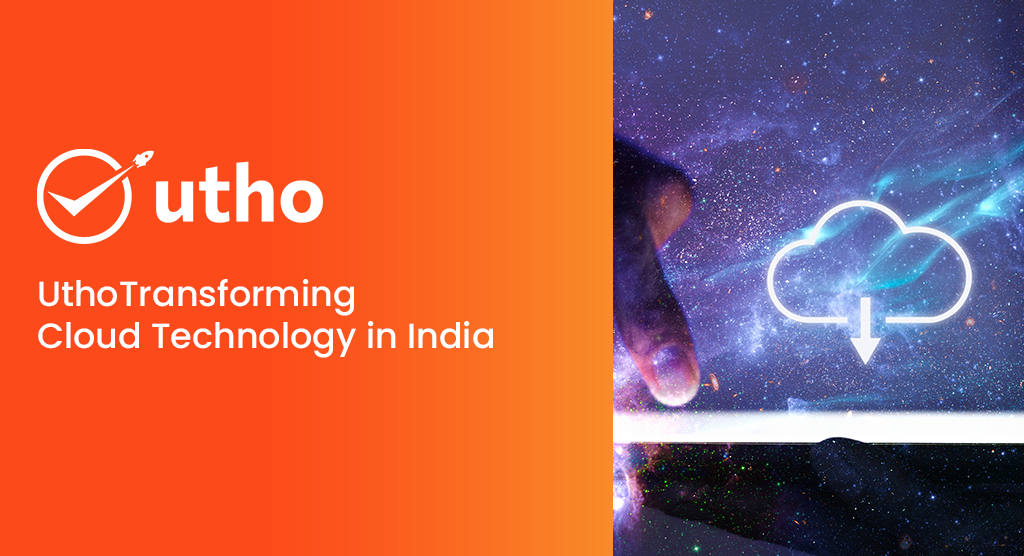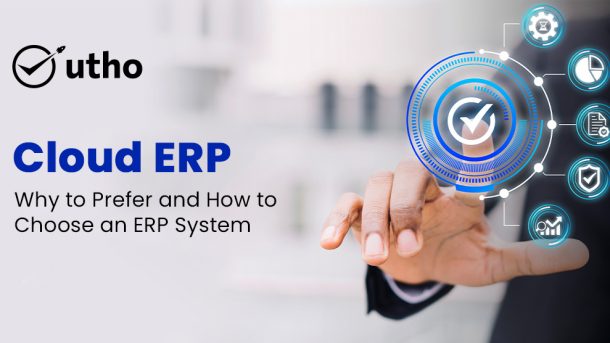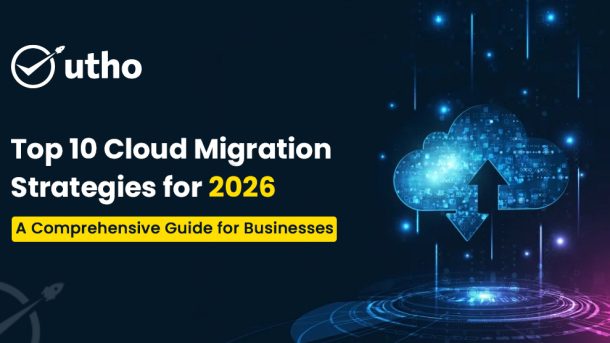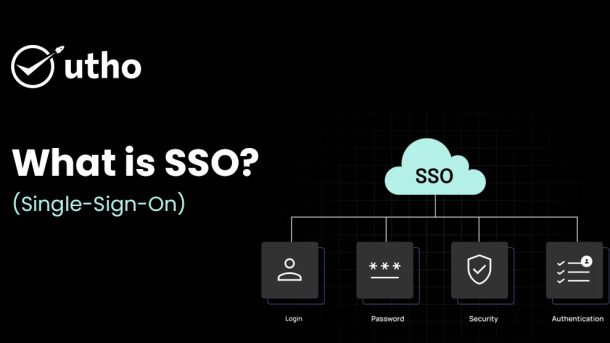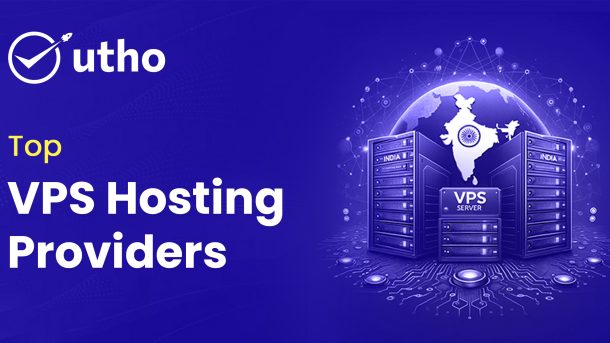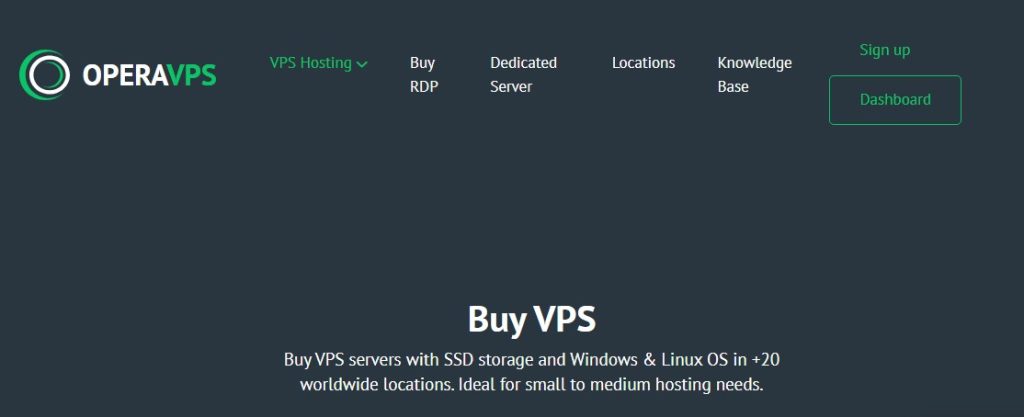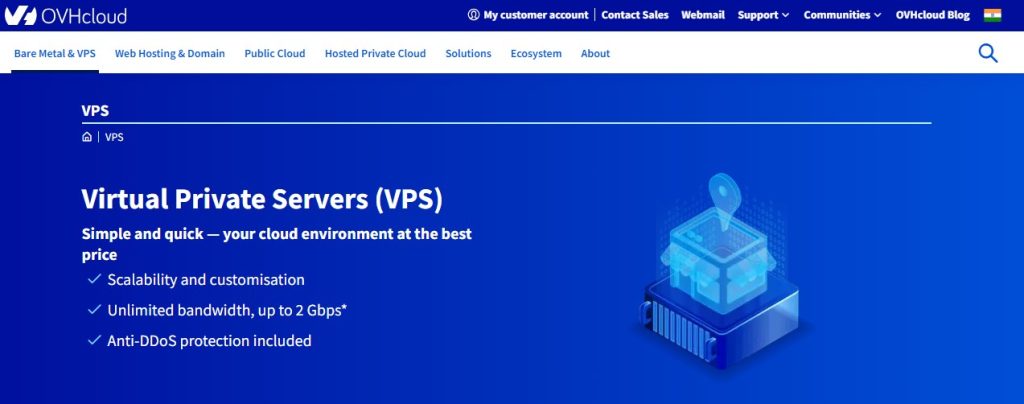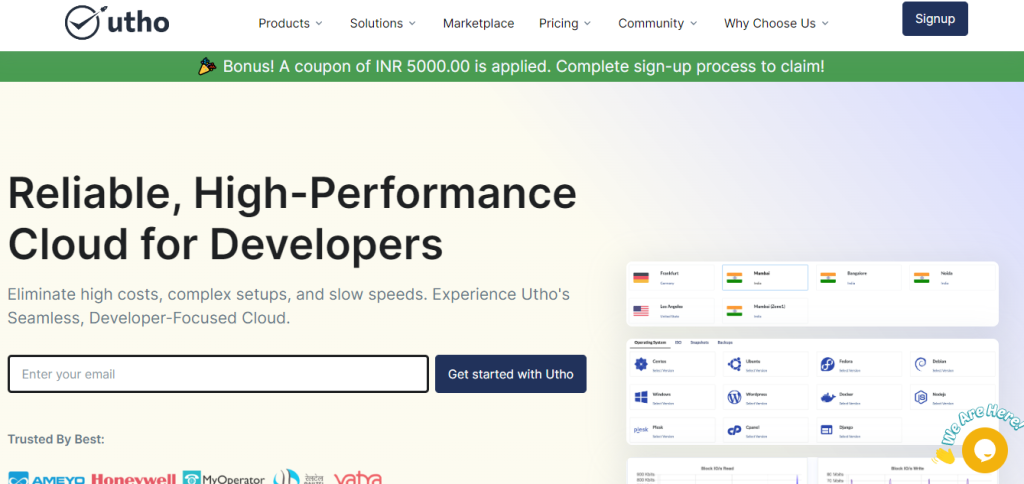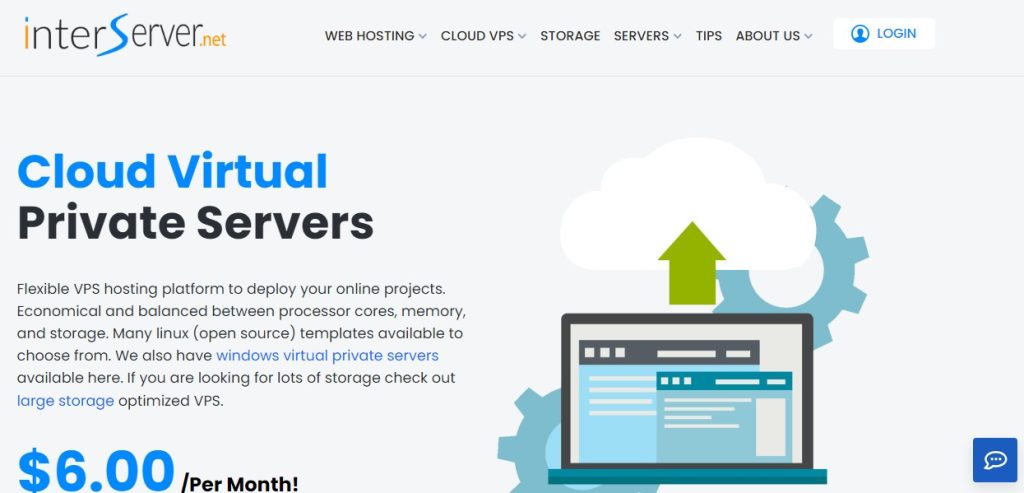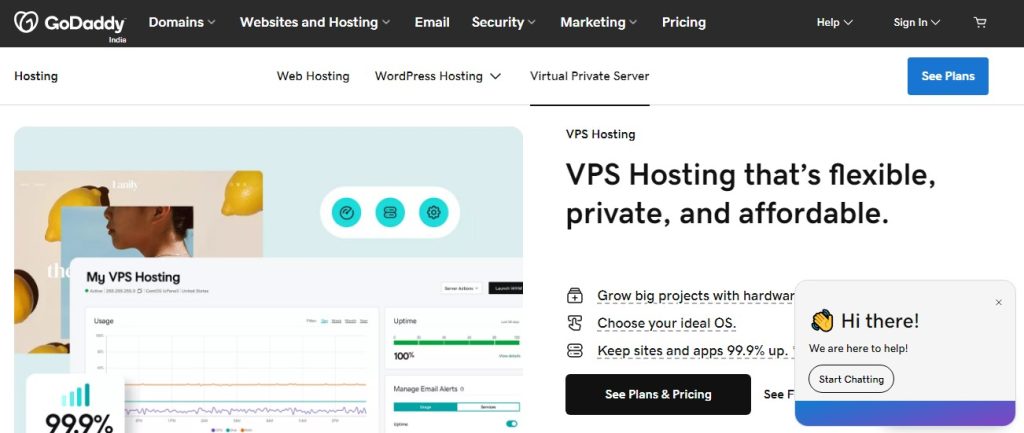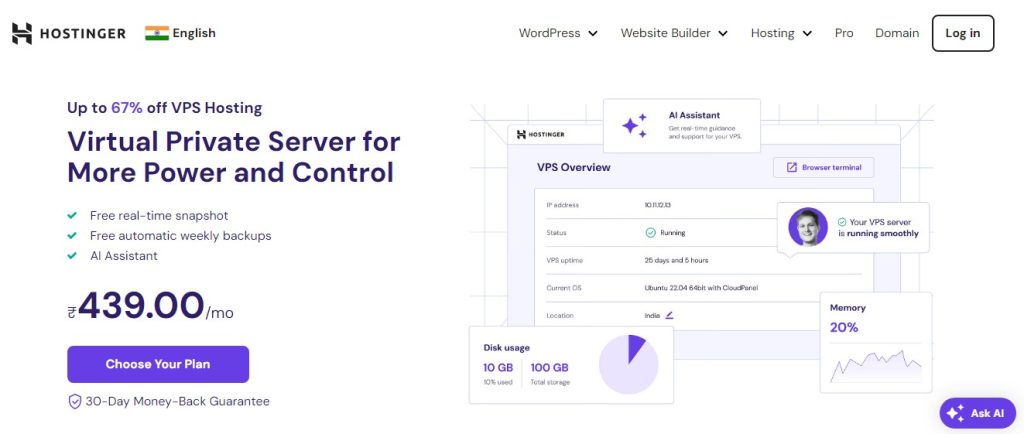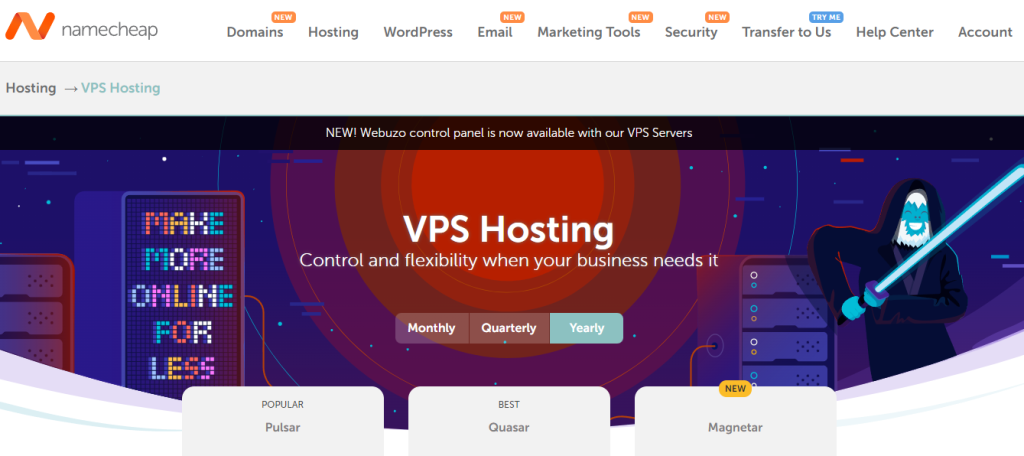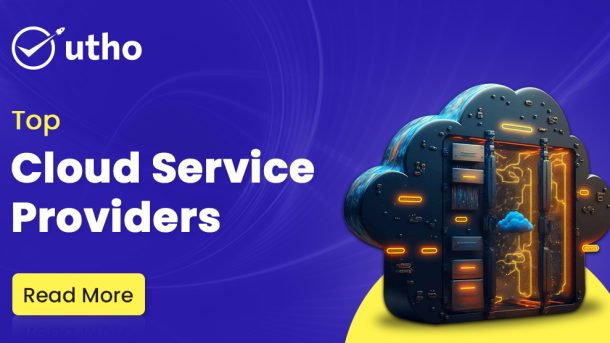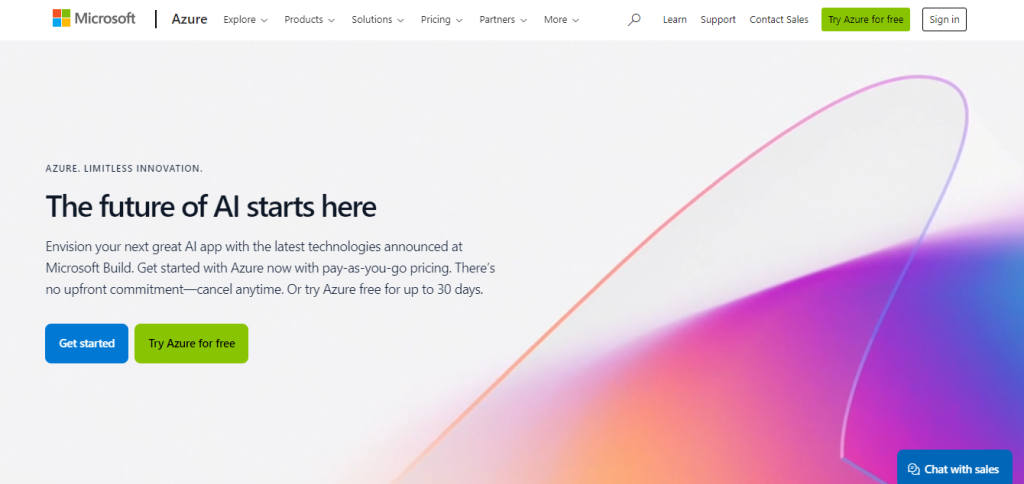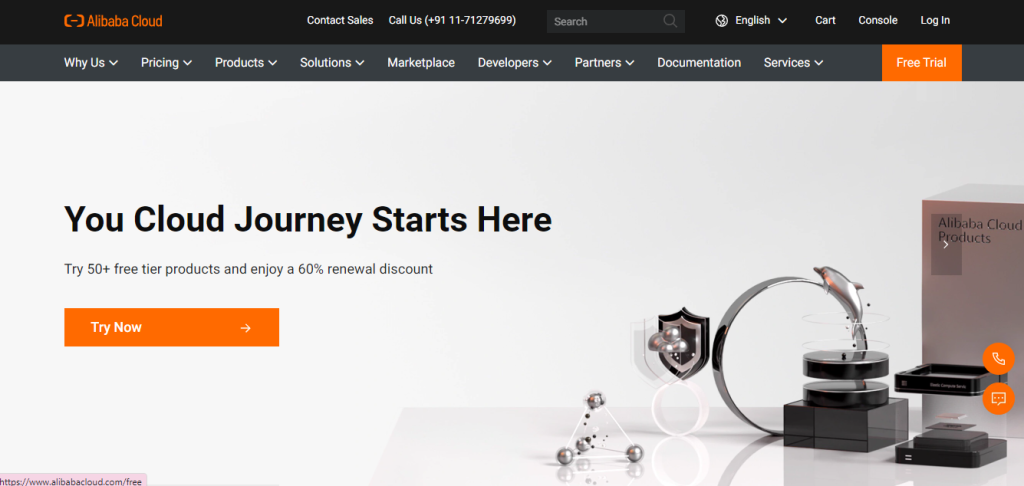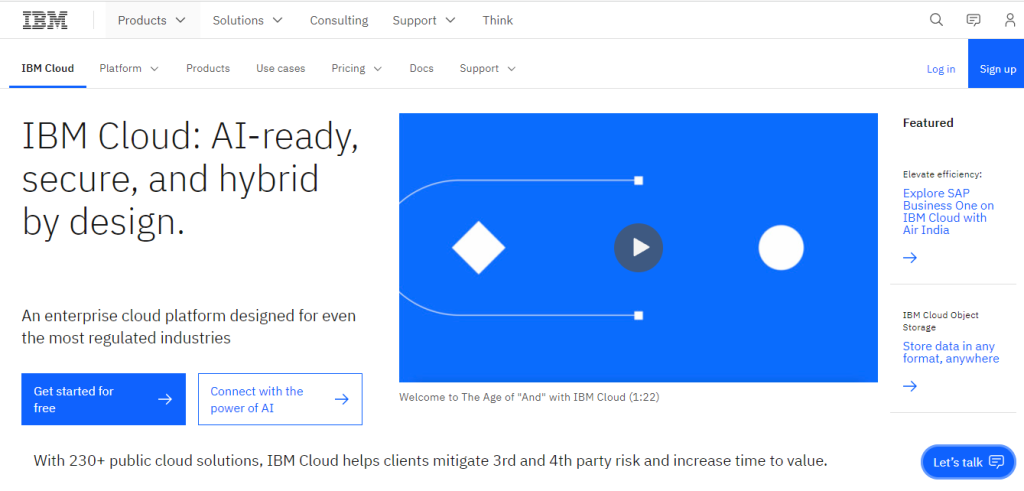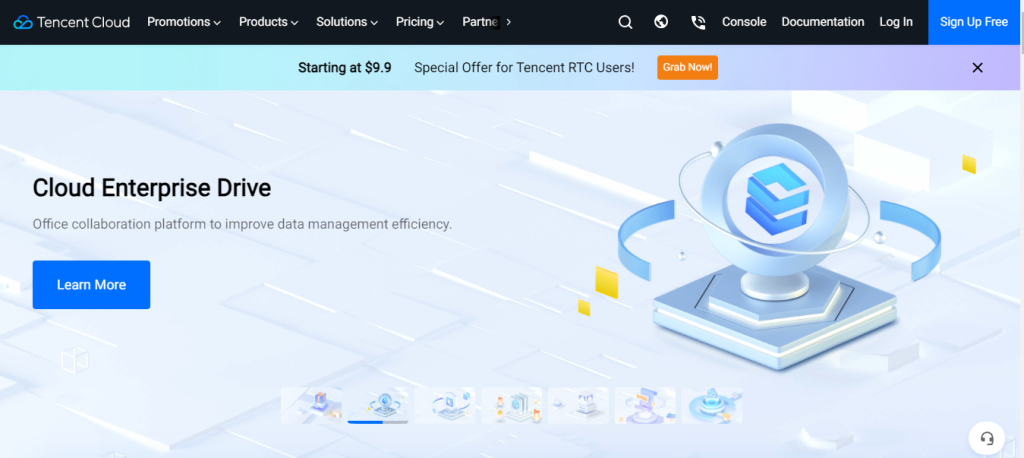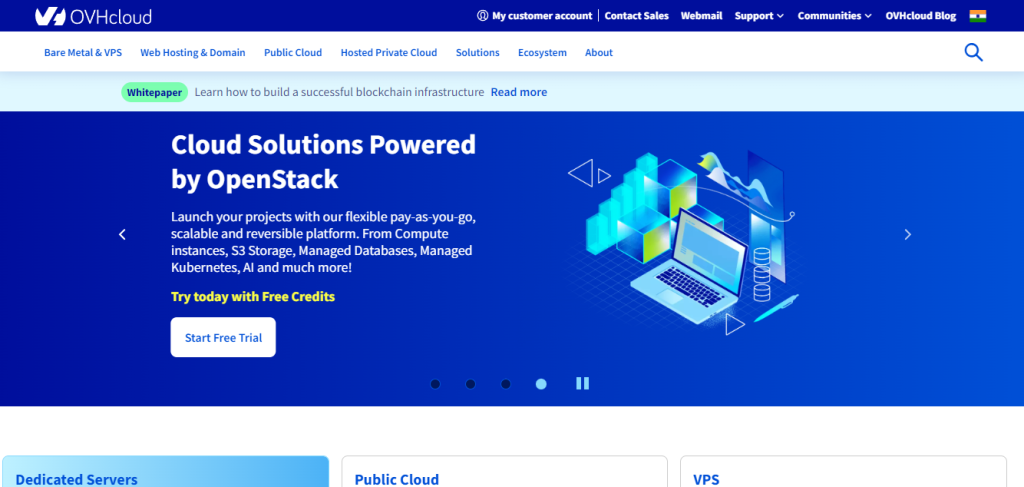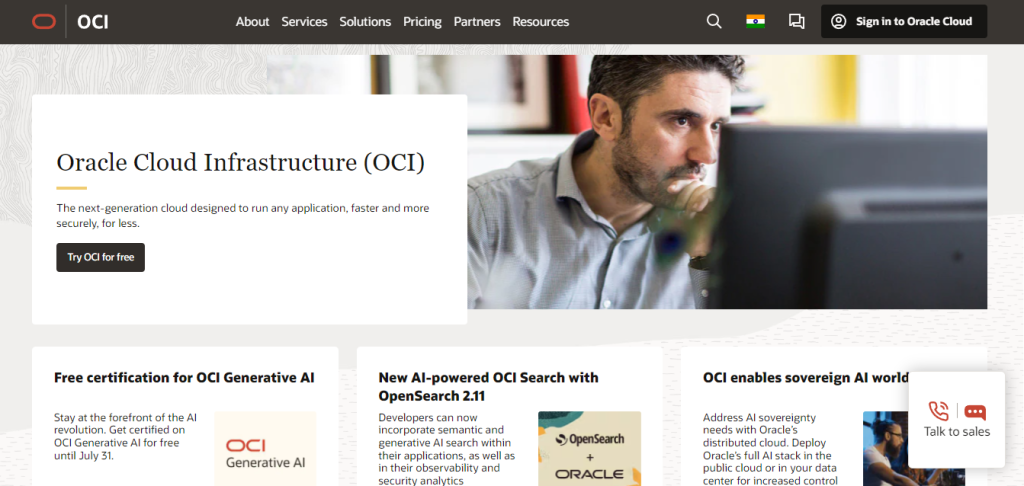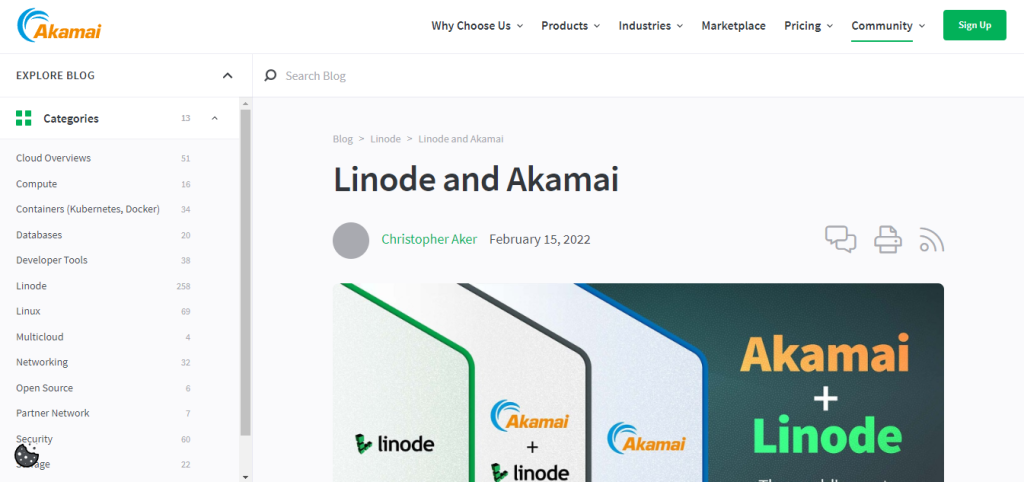Java is still one of the most sought-after programming languages. It powers web apps, enterprise software, cloud platforms, and Android development. Whether you're new to Java or a seasoned developer, succeeding in interviews requires a strong grasp of the basics. You'll also need good problem-solving skills and knowledge of how Java works in real-life situations.
Companies looking for Java developers want candidates to show skills in:
- Core Java
- Object-oriented programming (OOPs)
- Data structures and algorithms
- Exception handling
- Multithreading
- Collections framework
- Java 8 features
- Frameworks like Hibernate and Spring
Coding interviews test your theory and include practical coding tasks, too. They often feature scenario-based problem-solving and discussions on JVM internals.
This guide features over 50 key Java interview questions. They are organised into sections to help you prepare effectively.
What You'll Learn in This Guide?
Core Java and OOPs Concepts – Understanding Java fundamentals and Object-Oriented Programming principles. Java Coding & Problem-Solving – Tackling real-world Java coding challenges. Java Collections & Data Structures – Efficiently working with Lists, Sets, Maps, and performance optimisations. Multithreading & Concurrency – Managing multiple threads, synchronisation, and concurrent programming. Exception Handling & Best Practices – Writing robust, error-free Java applications. Java 8 Features – Exploring modern Java enhancements like Lambdas, Streams, and Functional Interfaces. Hibernate & Frameworks – Mastering Java’s ORM (Object Relational Mapping) with Hibernate. Memory Management & JVM Internals – Understanding heap, stack, garbage collection, and performance tuning. Java Design Patterns & Best Practices – Writing clean, maintainable, and scalable Java code.
Why is Java interview preparation so important?
The Java job market is tough. Companies want more than just Java skills. They look for problem solvers, critical thinkers, and efficient coders. To stand out in your Java interview:
- You need to understand not just "what" but "why" and "how" Java works.
- You should be able to write optimised, bug-free code quickly and efficiently.
- You must explain concepts clearly, as interviews often test communication skills too.
This guide offers clear answers and expert tips. It helps you not just to memorise, but really to understand Java.
How to Use This Guide Effectively?
Step 1: Read the questions closely. Try to answer them on your own first, then check the solutions provided.
Step 2: Implement the coding challenges in your IDE and test different cases.
Step 3: Write down key ideas, best practices, and real-life uses for each topic.
Step 4: Regularly revise tricky topics like JVM internals, the collections framework, and concurrency.
Step 5: Arrange mock interviews with a friend. You can also use sites like LeetCode, CodeSignal, or HackerRank for live coding practice.
1. Core Java & OOPs Interview Questions
1. What are the four pillars of OOPs in Java?
Answer: Java follows Object-Oriented Programming (OOP) principles, which include:
- Encapsulation – Wrapping data (variables) and code (methods) together in a class.
- Inheritance – Allowing one class to inherit properties from another.
- Polymorphism – One interface, multiple implementations (method overloading/overriding).
- Abstraction – Hiding implementation details and exposing only the necessary functionality.
Tip: Be ready to give an example of each!
2. What is the difference between JDK, JRE, and JVM?
Answer:
- JDK (Java Development Kit): Includes JRE + development tools (compiler, debugger).
- JRE (Java Runtime Environment): Runs Java programs (includes JVM + libraries).
- JVM (Java Virtual Machine): Converts Java bytecode into machine code.
Tip: If they ask which one you need for development, it’s JDK!
3. Why is Java platform-independent?
Answer: Java compiles code into bytecode, which runs on any OS using a JVM (Java Virtual Machine). That’s why Java follows the principle: "Write Once, Run Anywhere."
Tip: Mention how JVM makes this possible!
4. What is the difference between ‘==’ and ‘equals()’?
Answer:
- == compares memory references (address in RAM).
- equals() compares actual content (values inside the object).
Example:
java
String s1 = new String("Java");
String s2 = new String("Java");
System.out.println(s1 == s2); // false (Different memory locations)
System.out.println(s1.equals(s2)); // true (Same content)
Tip: Be prepared to explain how this works in String pooling!
5. What is method overloading and method overriding?
Answer:
- Overloading (Compile-time Polymorphism):
- Same method name, different parameters.
- Happens in the same class.
- Overriding (Runtime Polymorphism):
- Child class provides a specific implementation of a method in the parent class.
- Happens in different classes (parent-child relationship).
Example of Overloading:
java
class MathUtils {
int sum(int a, int b) { return a + b; }
double sum(double a, double b) { return a + b; }
}
Example of Overriding:
java
class Parent {
void show() { System.out.println("Parent Method"); }
}
class Child extends Parent {
@Override
void show() { System.out.println("Child Method"); }
}
Tip: Know where @Override annotation is used!
6. What is the difference between an abstract class and an interface?
Answer:
| Feature |
Abstract Class |
Interface |
| Methods |
Can have both abstract & concrete methods |
Only abstract methods (before Java 8) |
| Fields |
Can have instance variables |
Only static final variables |
| Inheritance |
Extends only 1 class |
Can implement multiple interfaces |
Tip: Mention Java 8 changes where interfaces can have default and static methods!
2. Java Coding & Problem-Solving Questions
7. Write a program to check if a string is a palindrome.
Answer:
java
public class Palindrome {
public static boolean isPalindrome(String str) {
return str.equals(new StringBuilder(str).reverse().toString());
}
public static void main(String[] args) {
System.out.println(isPalindrome("madam")); // true
}
}
Tip: If space is a concern, use two-pointer technique instead of StringBuilder.
8. Find the factorial of a number using recursion.
Answer:
java
public class Factorial {
public static int factorial(int n) {
return (n == 0) ? 1 : n * factorial(n - 1);
}
public static void main(String[] args) {
System.out.println(factorial(5)); // Output: 120
}
}
Tip: If n is large, consider iterative approach to avoid stack overflow.
3. Java Collection Framework Interview Questions
9. What is the difference between ArrayList and LinkedList?
Answer:
- ArrayList: Fast in searching, slow in insert/delete.
- LinkedList: Fast in insert/delete, slow in searching.
Tip: If frequent insertions/deletions are needed, use LinkedList.
10. How does HashMap work internally?
Answer:
- Stores data in key-value pairs using hashing.
- Uses buckets (linked lists/trees in Java 8).
- Uses equals() & hashCode() to avoid collisions.
Tip: Interviewers love this question! Be ready to draw a hashing diagram.
4. Multithreading & Concurrency Interview Questions
11. What is the difference between Thread and Runnable?
Answer:
- Thread Class: Inherits Thread, cannot extend other classes.
- Runnable Interface: Implements Runnable, allows multiple inheritances.
Tip: Use ExecutorService for better thread management!
12. What is a daemon thread?
Answer:
- Runs in the background, dies when all user threads finish.
- Example: Garbage Collector thread.
Tip: Never use a daemon thread for critical tasks like database transactions.
5. Java Hibernate Interview Questions
13. What is Hibernate and why is it used?
Answer:
- Hibernate is an ORM (Object-Relational Mapping) framework.
- It eliminates the need for JDBC boilerplate code.
- Supports lazy loading, caching, and transactions.
Tip: Explain SessionFactory, Session, and Transactions in Hibernate.
6. Java 8 Features & Functional Programming Questions
14. What are lambda expressions in Java?
Answer:
- Anonymous function (without a name).
- Used for functional programming.
Example:
java
interface MathOperation {
int operation(int a, int b);
}
MathOperation addition = (a, b) -> a + b;
System.out.println(addition.operation(5, 3)); // Output: 8
Tip: Be ready to explain Streams API, Functional Interfaces, and Method References!
7. Java Exception Handling Interview Questions
15. What is the difference between checked and unchecked exceptions?
Answer:
- Checked exceptions: Compile-time exceptions (e.g., IOException, SQLException). Must be handled using try-catch or throws.
- Unchecked exceptions: Runtime exceptions (e.g., NullPointerException, ArrayIndexOutOfBoundsException). No need to handle explicitly.
Tip: If you need to force handling, use checked exceptions. If it's a programming mistake (like NullPointerException), use unchecked exceptions.
16. How does try-catch-finally work in Java?
Answer:
- try: Code that might throw an exception.
- catch: Handles the exception.
- finally: Always executes (even if there’s a return inside try).
Example:
java
try {
int result = 10 / 0;
} catch (ArithmeticException e) {
System.out.println("Cannot divide by zero!");
} finally {
System.out.println("Finally block always executes.");
}
Tip: Use finally for closing resources like files or database connections.
17. What is the difference between throw and throws?
Answer:
- throw: Used to explicitly throw an exception.
- throws: Used in method signature to declare exceptions.
Example:
java
void myMethod() throws IOException {
throw new IOException("File not found");
}
Tip: throw is used inside a method, while throws is used in the method signature.
18. What is a custom exception in Java?
Answer:
A user-defined exception that extends Exception or RuntimeException.
Example:
java
class MyException extends Exception {
public MyException(String message) { super(message); }
}
Tip: Use custom exceptions for business logic validation.
8. Java Multithreading & Concurrency Questions
19. What is the difference between process and thread?
Answer:
- Process: Independent execution with its own memory.
- Thread: Subset of a process, shares memory with other threads.
Tip: In Java, every program runs in at least one main thread.
20. How do you create a thread in Java?
Answer:
Two ways:
- Extending Thread class
- Implementing Runnable interface (preferred)
Example:
java
class MyThread extends Thread {
public void run() { System.out.println("Thread running!"); }
}
Tip: Use Runnable if you need to extend another class.
21. What is the difference between synchronized method and synchronized block?
Answer:
- Synchronized method: Locks entire method.
- Synchronized block: Locks only specific code.
Tip: Use synchronized block for better performance.
22. What is the volatile keyword in Java?
Answer:
- Ensures changes to a variable are visible across all threads.
- Used to prevent caching issues in multi-threading.
Example:
java
volatile int sharedVariable = 0;
Tip: volatile doesn't guarantee atomicity; use synchronized for atomic operations.
9. Java Collection Framework Interview Questions
23. What is the difference between HashSet and TreeSet?
Answer:
- HashSet: Unordered, uses hashing, fast.
- TreeSet: Ordered, uses Red-Black Tree, slower.
Tip: Use HashSet for performance, TreeSet for sorting.
24. How does ConcurrentHashMap work?
Answer:
Unlike HashMap, ConcurrentHashMap allows multiple threads to read/write without locking the entire map.
Tip: Prefer ConcurrentHashMap for multi-threaded environments.
25. What is the difference between fail-fast and fail-safe iterators?
Answer:
- Fail-fast: Throws ConcurrentModificationException if modified (e.g., ArrayList, HashMap).
- Fail-safe: Allows modification while iterating (e.g., ConcurrentHashMap).
Tip: If you need safe iteration, use fail-safe collections.
10. Java 8 & Functional Programming Questions
26. What is the Stream API in Java 8?
Answer:
- Provides functional programming for filtering, mapping, and reducing data.
- Improves performance by using lazy evaluation.
Example:
java
List<String> names = Arrays.asList("Java", "Python", "C++");
names.stream().filter(name -> name.startsWith("J")).forEach(System.out::println);
Tip: Use parallel streams for performance gains on large datasets.
27. What is the Optional class in Java 8?
Answer:
Avoids NullPointerException by handling null values safely.
Example:
java
Optional<String> name = Optional.ofNullable(null);
System.out.println(name.orElse("Default"));
Tip: Use Optional when returning values from methods.
11. Java Hibernate Interview Questions
28. What is lazy loading in Hibernate?
Answer:
- Lazy loading: Data is loaded only when needed.
- Eager loading: Data is loaded immediately.
Tip: Use lazy loading to improve performance.
29. What is the difference between get() and load() in Hibernate?
Answer:
- get(): Immediately fetches data, returns null if not found.
- load(): Returns a proxy object, throws ObjectNotFoundException if not found.
Tip: Prefer load() for performance if you don’t need immediate data.
12. Miscellaneous Java Interview Questions
30. What is the difference between deep copy and shallow copy?
Answer:
- Shallow copy: Copies references, not actual objects.
- Deep copy: Creates a new object with copied values.
Tip: Use clone() carefully to avoid unintended modifications.
31. What is the Singleton design pattern in Java?
Answer:
Ensures only one instance of a class exists.
Example (Thread-safe Singleton):
java
class Singleton {
private static Singleton instance;
private Singleton() {} // Private constructor
public static synchronized Singleton getInstance() {
if (instance == null) instance = new Singleton();
return instance;
}
}
Tip: Mention Bill Pugh Singleton Design as a better approach.
32. What is Dependency Injection in Java?
Answer:
- Passes dependencies from outside, instead of creating them inside a class.
- Used in Spring Framework.
Tip: Helps in loose coupling and better unit testing.
33. What is the difference between JSP and Servlets?
Answer:
- Servlets: Java classes handling requests.
- JSP: HTML + Java (better for UI).
Tip: JSP compiles into Servlets internally!
34. What are Java Design Patterns?
Answer:
Commonly used architectural solutions like:
- Singleton
- Factory
- Observer
- Strategy
Tip: Prepare real-life examples for at least 2 patterns.
13. Java Memory Management & JVM Internals
35. What are the different memory areas allocated by JVM?
Answer:
JVM divides memory into several areas:
- Method Area – Stores class metadata, static variables, and constants.
- Heap – Stores objects and instance variables (Garbage Collected).
- Stack – Stores method execution details (local variables, method calls).
- PC Register – Stores the address of the current instruction.
- Native Method Stack – Used for native method execution.
Tip: Be ready to explain how Garbage Collection (GC) works in the Heap area!
36. What is the difference between Stack and Heap memory?
Answer:
| Feature |
Stack Memory |
Heap Memory |
| Storage |
Stores method calls, local variables |
Stores objects and instance variables |
| Access Speed |
Fast (LIFO order) |
Slower than Stack |
| Size |
Small |
Large |
| Lifetime |
Exists until the method finishes |
Exists until GC removes it |
Tip: If memory leaks happen, it's usually in the Heap due to unreferenced objects.
37. How does Garbage Collection work in Java?
Answer:
Garbage Collection (GC) automatically removes unused objects from memory. The JVM uses different GC algorithms like:
- Serial GC (single-threaded, good for small applications).
- Parallel GC (multi-threaded, used for high-performance apps).
- G1 GC (splits heap into regions, good for large applications).
Tip: Use System.gc() to request GC, but the JVM decides when to run it!
38. What is a memory leak in Java?
Answer:
A memory leak happens when objects are no longer needed but are not garbage collected due to existing references.
Example:
java
class MemoryLeakExample {
static List<int[]> memoryLeak = new ArrayList<>();
public static void main(String[] args) {
while (true) memoryLeak.add(new int[100000]); // Uses more and more memory
}
}
Tip: Use weak references (WeakReference<T>) for objects that can be garbage collected when needed.
39. What are strong, weak, soft, and phantom references in Java?
Answer:
- Strong Reference: Default type (not eligible for GC).
- Weak Reference: Eligible for GC when memory is needed.
- Soft Reference: GC collects it only if memory is really low.
- Phantom Reference: Used to check if an object is finalized before GC.
Example of Weak Reference:
java
WeakReference<String> weak = new WeakReference<>(new String("Hello"));
System.out.println(weak.get()); // Might be null if GC runs
Tip: Use weak references for caching to avoid memory leaks.
14. Java Serialization & Externalization
40. What is Serialization in Java?
Answer:
Serialization is the process of converting an object into a byte stream to save or transmit it.
Example:
java
class User implements Serializable {
String name;
int age;
}
Tip: Always use serialVersionUID to avoid compatibility issues.
41. What is the difference between Serialization and Externalization?
Answer:
| Feature |
Serialization |
Externalization |
| Speed |
Slower |
Faster |
| Control |
Default behavior |
Full control |
| Interface |
Implements Serializable |
Implements Externalizable |
Example:
java
class MyClass implements Externalizable {
public void writeExternal(ObjectOutput out) { /* Custom Serialization */ }
public void readExternal(ObjectInput in) { /* Custom Deserialization */ }
}
Tip: Use Externalization when you need more control over object serialization.
42. How can you prevent an object from being serialized?
Answer:
- Make the class transient
- Implement Serializable but override writeObject() and readObject()
- Declare fields as transient
Example:
java
class SecretData implements Serializable {
private transient String password; // Not serialized
}
Tip: Avoid storing sensitive data in serializable objects!
15. Java Best Practices & Optimization
43. What is the best way to handle exceptions in Java?
Answer:
- Catch specific exceptions instead of generic Exception.
- Use logging (log.error(e)) instead of e.printStackTrace().
- Avoid swallowing exceptions (i.e., empty catch blocks).
Example:
java
try {
int num = 5 / 0;
} catch (ArithmeticException e) {
System.out.println("Divide by zero error!");
}
Tip: Use finally to release resources like database connections.
44. How to optimize Java code for better performance?
Answer:
- Use StringBuilder instead of String concatenation (+).
- Use primitive types instead of objects when possible.
- Minimize synchronization for better thread performance.
- Use proper data structures (e.g., HashMap vs TreeMap).
Tip: Avoid creating unnecessary objects inside loops!
45. How do you make a Java class immutable?
Answer:
An immutable class cannot be changed after creation.
Steps:
- Make fields private and final.
- No setters, only getters.
- Use a constructor to initialize values.
- Return a new object instead of modifying fields.
Example:
java
final class ImmutableClass {
private final String value;
public ImmutableClass(String value) { this.value = value; }
public String getValue() { return value; }
}
Tip: Immutable objects are thread-safe!
46. What is the difference between shallow copy and deep copy?
Answer:
- Shallow Copy: Copies references, changes affect both objects.
- Deep Copy: Creates a new copy of the object.
Example:
java
Employee emp1 = new Employee("John");
Employee emp2 = emp1; // Shallow Copy
Tip: Use clone() for deep copy or copy constructor.
47. What is Dependency Injection in Java?
Answer:
It’s a design pattern used in frameworks like Spring to inject dependencies instead of creating objects inside a class.
Example:
java
class Car {
private Engine engine;
Car(Engine engine) { this.engine = engine; }
}
Tip: Helps in loose coupling and better testing.
48. How to handle large files efficiently in Java?
Answer:
- Use BufferedReader instead of Scanner for reading.
- Use BufferedOutputStream for writing.
- Use Memory-mapped files (FileChannel.map()) for very large files.
Tip: Avoid reading large files in memory at once!
49. What is the difference between Composition and Aggregation?
Answer:
- Composition: Strong relationship, part cannot exist without the whole.
- Aggregation: Weak relationship, part can exist separately.
Example:
java
class Car {
private Engine engine; // Composition (Engine cannot exist without Car)
}
Tip: Use composition for strong dependencies.
50. What are the key principles of writing clean Java code?
Answer:
- Follow SOLID principles.
- Use meaningful variable names.
- Avoid deep nesting in loops and if conditions.
- Write small, reusable methods.
- Use Java coding standards (CamelCase, PascalCase, etc.).
Tip: Code should be self-explanatory without excessive comments!
Wrapping Up: Your Java Interview Success Roadmap
Congratulations!
You've just reviewed 50+ key Java interview questions. These include Core Java, OOPs, Exception Handling, Collections, Multithreading, Java 8 Features, Hibernate, Memory Management, Serialization, and Best Practices.
Learning these questions isn’t enough. You need to understand the concepts, practise coding, and develop a feel for how Java works. Here’s what you should do next to ace your Java interview:
1️. Strengthen Your Core Java Concepts
Many Java interviews focus on basic concepts. These include OOP principles, memory management, and exception handling. Familiarity with the JVM, heap, stack, and garbage collection helps in technical discussions.
Action Item:
- Read the Java documentation and books like Effective Java by Joshua Bloch.
- Implement small projects to see OOP principles in action.
2️. Master Java Collections & Multithreading
The Java Collection Framework (JCF) and multithreading are must-know topics.
Interviewers often ask about:
- How a HashMap works.
- What makes ArrayList different from LinkedList?
- How concurrent collections prevent race conditions.
Action Item:
- Write programmes using collections (List, Set, Map) and observe their behaviour.
- Work on multi-threaded applications to understand synchronisation, deadlocks, and thread safety.
3. Solve real Java coding problems.
Coding interviews aren’t just about theoretical knowledge—they test problem-solving skills. Expect challenges like string manipulation, recursion, dynamic programming, and algorithms using Java.
Action Item:
- Solve at least 5 coding problems daily on platforms like LeetCode, CodeChef, or HackerRank.
- Practice writing optimised solutions using Big O analysis.
4️. Learn Java 8+ features
Many companies now expect candidates to be comfortable with Java 8+. Many apps today have features like Streams, Functional Interfaces, Lambda Expressions, Optional, and the new Date-Time API.
Action Item:
- Refactor old Java programs using Streams API.
- Try solving real-world tasks with Lambdas and Optional to avoid NullPointerException.
5️. Get Hands-On With Java Frameworks (Spring & Hibernate)
Java developers are expected to know at least one popular framework. Spring (Boot, MVC, Security) and Hibernate are industry standards for back-end development.
Action Item:
- Build a mini CRUD application using Spring Boot, Hibernate, and MySQL.
- Learn how dependency injection, transactions, and ORM mapping work.
6️. Understand Java Best Practices & Design Patterns
Senior developers are often assessed on design patterns, clean code principles, and system design. Knowing SOLID principles, Singleton, Factory, and Observer patterns can impress interviewers.
Action Item:
- Implement the Factory Pattern in a simple project.
- Practice refactoring messy code into clean, modular, and maintainable code.
7️. Mock Interviews & Time Management
An interview is not just about knowledge—it’s about how you explain concepts and solve problems under pressure.
Action Item:
- Simulate real interviews with mock coding tests and system design discussions.
- Limit problem-solving time to 20–30 minutes per question to build speed.
Final Takeaway: Be confident, keep learning, and stay curious!
Becoming a Java expert is a continuous journey. Java interviews aren't just about memorising answers. They assess your problem-solving skills, logical thinking, and practical coding abilities.
Your success formula:
- Understand the concepts deeply.
- Solve problems, debug, and optimise
- Stay updated with new Java features.
- Think like an interviewer, not just a candidate.
By following this roadmap, you’ll ace Java interviews and grow as a developer for your future career. Keep coding, keep growing, and good luck with your interviews!














